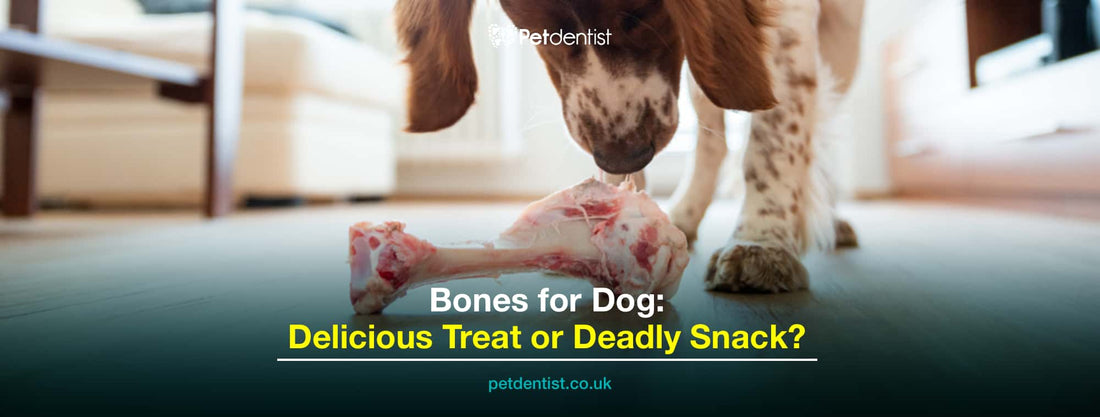
The Dangers of Raw Bone for Dogs
Share
Many dog owners believe that offering raw bones can provide their pets with essential nutrients, satisfy their chewing instincts, and help maintain dental health. Indeed, the act of gnawing on bones is a natural behavior for dogs, harkening back to their ancestral diet which included raw bones from prey. Additionally, the texture of raw bones can be appealing to dogs, offering a form of entertainment and mental stimulation.
Explore the hidden risks and potential health hazards of feeding your dog raw bones:-
Choking and Intestinal Obstruction:
- Raw bones, especially those from larger animals, can splinter easily. These sharp fragments can cause severe damage to the mouth, throat, and digestive system.
- In severe cases, large bone fragments can lead to intestinal blockages, a life-threatening condition.
- Bacterial Contamination:
- Raw bones can harbor harmful bacteria such as Salmonella, E. coli, and Listeria. These bacteria can cause severe illness in both dogs and humans.
- Even if your dog appears healthy, they can still carry these bacteria and transmit them to others.
-
Dental Issues:
- While bones can help with some dental cleaning, they can also cause fractures to teeth and gums.
- Excessive bone chewing can lead to jaw problems.
-
Nutritional Imbalance:
- Relying solely on raw bones for nutrition can lead to dietary imbalances. Commercial dog foods are formulated to provide a complete and balanced diet.
Safer Alternatives
If you're looking for ways to promote your dog's dental health and provide mental stimulation, consider these safer options:
- Dental chews: Specifically designed to clean teeth and reduce plaque buildup.
- Rawhide alternatives: There are many plant-based or synthetic options available.
- Interactive toys: These can provide mental stimulation and help with dental care.

